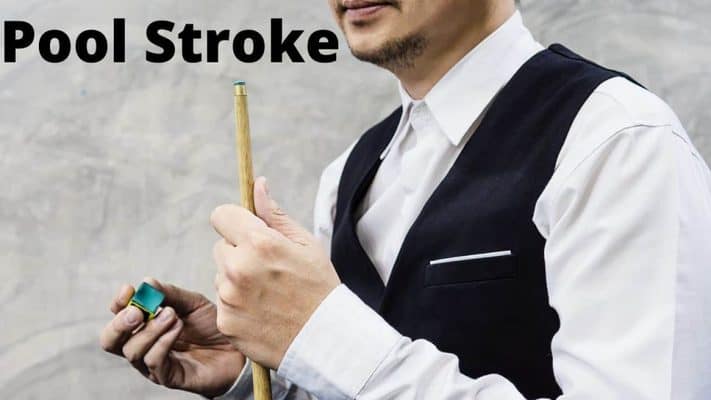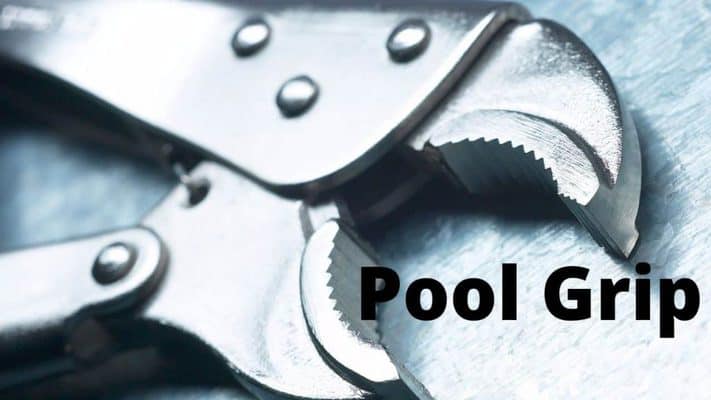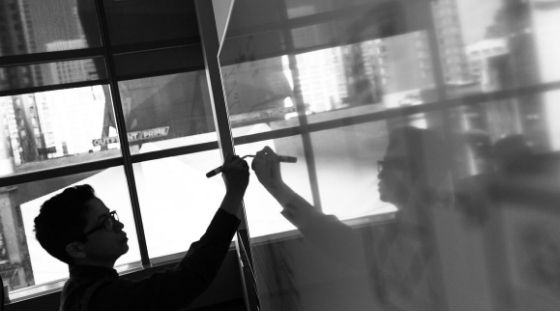What Is The Pool Stroke?
The pool stroke is the backward and forward mechanical movement of your cueing arm. Your cueing arm consists of your elbow, forearm, wrist and hand.
The hand and in particular the grip require a section on their own and will be discussed in more detail in another post.
Sometimes the shoulder can be dropped slightly but this is not required. The line of the stroke as it moves through its motion should direct the cue in a straight line.
The straight-line formed by the pool stroke needs to be on the shot line. This movement should be smooth, straight and repeatable. The pool stroke is what separates the top players from the ball bangers. Developing a great stroke takes a lot of practice but will pay off in the long run.
What Does A Good Pool Stroke Look Like?
I don’t play golf but I can spot a good golf swing when I see one, a good cue action is also obvious to the eye. It is no coincidence that the best players in the world have the best strokes. Their strokes are all different at some level but each stroke contains certain basic elements common to all great players.
- Straight back and forth motion.
- Smooth transitions.
- Front or back pause.
- Slow deliberate final backswing.
- Smooth acceleration.
- Follow through the ball to finish.
- Freeze.
What Are The 3 Steps To A Great Pool Stroke?
The pool stroke can be broken down into three essential steps, these can be readily observed in great players on YouTube videos or in your local pool hall.
The steps can be described as …. Set….Pause….Finish….also referred to as SPF.
The Set.
The set is when the player gets into full-stance with his cue on line and his cue tip stationary at the ball. The set can last for a moment or for several seconds. The duration of the set is not important, however, the set must take place. Try not to approach the cue ball with your cue already swinging and your body moving. Make a deliberate effort to make the set a part of your pre-shot routine.
The Pause.
The pause is a momentary delay before a specific action. It allows the player to make a final check and get ready for movement. This pause can be seen before or after the final backswing. Alison Fisher and most snooker players pause at the end of the final backswing whereas Shane Van Boening and Joshua Filler pause at the cue ball.
The pause has a great deal to do with the players’ timing and eye patterns. Try out both methods and find the one that works best for you. Try not to hang around too long at the end of the backswing, once you stop then you go!
The Finish.
The finish happens when the ball is struck, the follow-through is complete, the cue has come to rest in a straight line and the hand has moved through to the chest. I would also add that it is a good practice to stay still and stay down for 2-3 seconds. When you practice this procedure it is best to exaggerate the finish until it becomes part of your routine.
Cue Action/Stroke Efficiency.
The most efficient position for the hand to be in, as you strike the ball, is directly beneath the elbow. This is at the bottom point of the pendulum swing. The cue in this position is driving straight through the ball, on a level plane, making clean contact with the cue ball. This position has the forearm perpendicular to the floor.
So just to clarify, when the cue tip is at the cue ball, the forearm should be at 90 degrees to the floor.
As with most rules, there are always a few successful exceptions who play with their arm slightly in front of or behind this vertical position.
How To Practice The Stroke.
Isolate the cue action by shooting balls directly into a pocket from the same spot. Do this hundreds of times. Prepare each shot properly using your pre-shot routine and the “Set Pause Finish” technique as detailed above. When you are in the finish position check that the cue is still pointing directly at the spot in the pocket where you were aiming.



